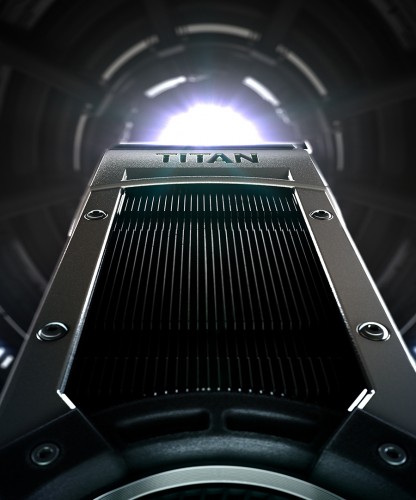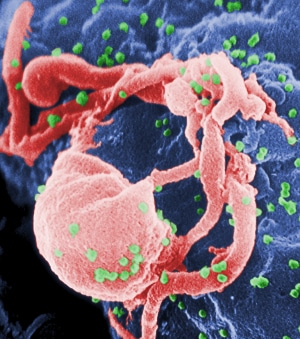Point. Click. Participate. If you’ve ever daydreamed of curing exotic diseases, hunting for aliens, or prospecting for riches, your GPU can help turn you from dreamer to doer.
That’s because your GPU is good for more than blasting through Battlefield 3 and exploring the virtual world of Skyrim. These graphics rendering engines are built using the parallel processing architecture prized by researchers. Some of the world’s most powerful supercomputers are built using our GPUs.
A few are even built using borrowed time on the GPUs of enthusiasts. Many distributed computing projects let you download a simple-to-use software program known as BOINC (Berkeley Open Infrastructure for Open Computing) to unleash the untapped computing power of your graphics card for the common good. As if you needed another excuse to buy a GeForce.
Here are five projects – and links to more details on how to get started – that will let you throw your NVIDIA GPU into the mix.

Cure Alzheimer’s
Folding@Home
Kicked off by Stanford University Professor Vijay Pande in 2000, Folding@Home claims 279,000 participants and is one of the world’s fastest computing systems. Folding@Home simulates how proteins within your body assemble themselves. When they misfire, it can lead to diseases. Researchers hope to create treatments for these “misfolds” to head off illnesses like Alzheimer’s. Data from this project has already helped produce 109 research papers.
Getting started: Download this project’s client software, here. If you’ve got a modern GPU, this project’s software will automatically take advantage of it. Slick.
Find Aliens
SETI@Home
If you’re a fan of flying saucers, you can use your GPU to help the Search for Extraterrestrial Intelligence at the University of California, Berkeley’s Space Sciences Laboratory. SETI@Home analyzes data collected from the Arecibo radio telescope, with the goal of separating boring ol’ space noise from data that might indicate a transmission from a non-human entity. Since SETI@home began in 1999, the project hasn’t found ET. They’re still looking, however.
How to get started: If you’ve got a CUDA-capable NVIDIA GPU, head here to get started. Don’t know if you’ve got a CUDA-friendly GPU? Click here.

Hunt for Treasure
Bitcoin
Despite its mysterious origins, there’s plenty of computer science behind the “distributed consensus” system tracking Bitcoin expenditures and currency generation. Over the past four years Bitcoin’s popularity has surged. But if you’re dreaming of buying a mansion with the proceeds from your Bitcoin “mining,” you’ve missed out. In October 2011, a Bitcoin was worth $2. Now? About $96, though that’s way down from a peak of $266 in April. At this point, unless your machine is ridiculously efficient, you’re not making a profit. But it can be fun.
Getting started: We could point you to places where you can download Bitcoin mining software, but if you’re coming to this cold, start with the Bitcoin wiki.
Search for the Cure
GPUGRID
Hosted at Catalonia’s Universitat Pompeu Fabra, GPUGRID analyzes the movement, structure and function of atoms to better understand cancer drug resistance, HIV maturation and why certain proteins involved in neural disorders resist treatment. GPUGrid might be small – with around 2,000 active contributors – but it has churned out a significant amount of work since 2007. That includes a 2012 paper explaining how a significant step in the maturation process of HIV was simulated for the first time.
Getting started: To check your GPU’s compatibility and download the drivers and BOINC client you’ll need to participate, head here.
Do It All
World Community Grid

With World Community Grid you’re not just signing up to help out with a specific project. Rather, your GPU will join roughly 66,000 others contributing to all the organization’s projects by default, which includes AIDS, clean water and clean energy research. Founded in 2004 by IBM, more than 600,000 users have contributed roughly 750,000 years of computing research. Even IBM’s supercomputer Jeopardy competitor Watson helped: IBM donated its game show winnings of $500,000 to the World Community Grid in 2011. We would have saved a little on the side for some video card upgrades.
Getting started: Head here to register for World Community Grid and download the BOINC client software you’ll need.
